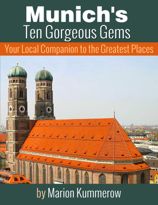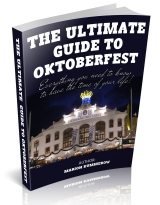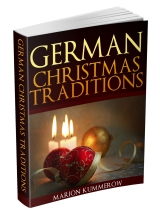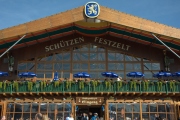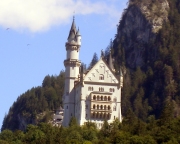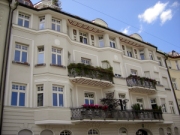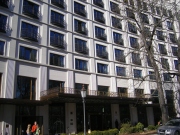Munich Guide Book
ONLY IN MUNICH – A Guide to Hidden Corners, Little-known Places and Unusual Objects by Duncan J. D. Smith
“Munich, between art and beer, is like a village located between hills” Heinrich Heine, poet (1797-1856)
Straddling the River Isar north of the Bavarian Alps, Munich is Germany’s third largest city (after Berlin and Hamburg), but not without reason has it been dubbed the country’s “Secret Capital”.
Badly bombed during the Second World War – because of its position as capital of the Nazi movement – it has since been meticulously restored to its nineteenth century appearance, allowing the city to shine once again.
Consequently, sites relating to its infamous Third Reich history, the fleeting Räterepublik of 1919, and the city’s role as centre of the post-war Federal Intelligence Service, are ignored by many visitors in favour of Munich’s world famous beer cellars, and enviable cultural and sporting facilities.
But there is much more to Munich besides all this, from Gothic fragments of the medieval walled town and architectural extravagances of the Wittelsbach dynasty, to modern curiosities, such as an air raid shelter used as an art gallery, and a deliberately sunken church.
It is with such places in mind that this new guide has been written, especially for those who want to take the time to discover something more of the place for themselves. It only takes a few minutes of planning, and a glance at a decent street map, to escape the crowds and the orchestrated tours and discover a very different and secret Munich.
Based on personal experience walking the city’s twenty-five borough districts (Stadtbezirke), the author will point fellow explorers in a new and unusual direction.
This is the Munich of little-visited cemeteries, wartime bunkers and little-known public gardens; traditional breweries and quiet Gothic corners; quirky museums and atmospheric church crypts; unusual shops and historic hotels; colourful markets and ancient customs; not to mention a recently restored Art Nouveau swimming Pool and a museum celebrating the humble potato!
Munich remains, however, a city with a dark past, its myriad memorials to the victims of Nazi aggression still bearing grim witness to terrible times. As would be expected, many of these less well-known locations are to be found in Munich’s former walled town (Altstadt) (District 1), and in what are today the inner suburbs of Ludwigsvorstadt-Isarvorstadt, Maxvorstadt, Schwabing-West, and Au-Haidhausen (Districts 2-5 respectively).
However, a similar number lie outside these long-established areas of occupation, in the outer suburbs ranged concentrically around the city centre, both east of the Isar (Districts 13-18), as well as in those far out to the south-west (Districts 6-8, 19-20, and 25) and the north-west (Districts 9-12 and 21-24).
Using Munich’s extensive transport network of underground trains (U-Bahn), suburban trains (S-Bahn), trams (Strassenbahn), and buses (Autobus), the explorer can quite quickly reach all the places described in the book – and that’s without detracting whatsoever from the sense of personal discovery that each of these places has to offer.
Indeed, directions have been kept to a minimum so as to leave the visitor free to find their own particular path. Whether searching for literary haunts in Schwabing, tracking down the former airport where the Munich air disaster occurred, marvelling at the world’s oldest kayak, descending into the crypt of the Church of St. Michael, or searching for the remains of Hitler’s secret headquarters in Pullach, it is hoped that the visitor will experience a sense of having made the discovery for themselves.
